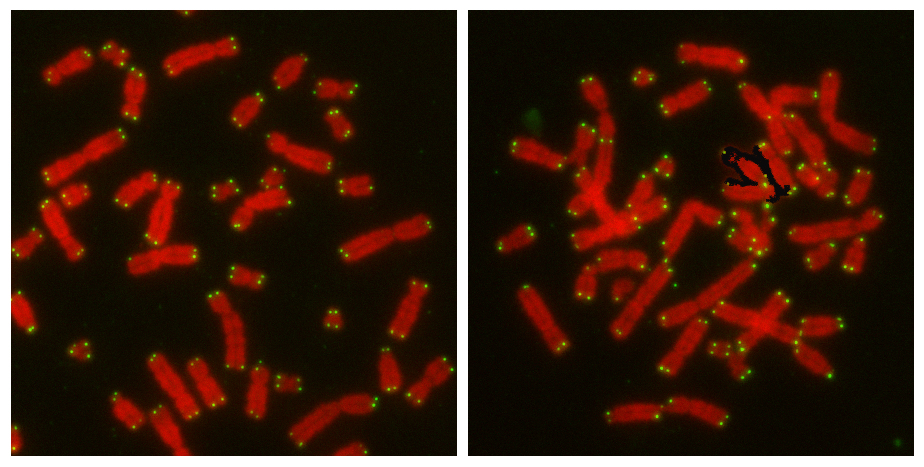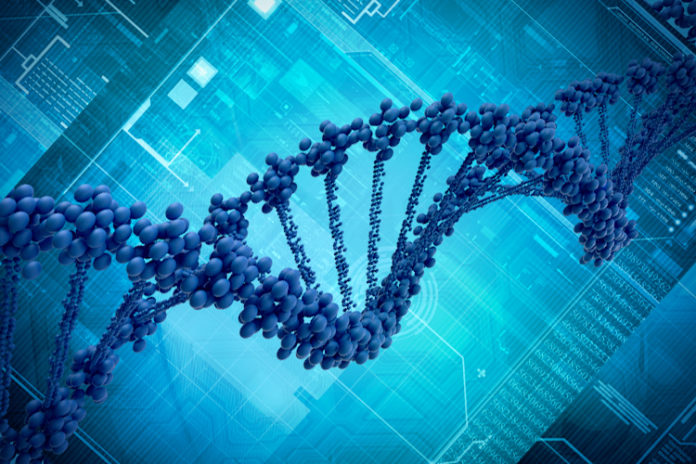A tiny protein has been found called CYREN that helps cells choose how to best fix breaks in DNA. This discovery may provide important clues to the mystery of DNA repair, which could essentially lead to better treatment options for cancer patients. “Elucidating DNA repair pathways is critical to understanding how they can sometimes be toxic,” says Jan Karlseder, senior author of the paper and a professor in Salk’s Molecular and Cell Biology Laboratory. “Our discovery of CYREN’s function not only adds to our body of knowledge, but it also gives us a new tool with which to fight cancer potentially.”

The most serious of injuries that can happen to DNA are double-strand breaks, and these can be repaired by one of two ways. The first and quickest pathway rejoins the two broken strands, but in cases of multiple breaks, it can sometimes join the wrong ends together causing the whole range of issues. The second pathway is the slower option but is error-free as it relies on having undamaged DNA sequence in which to steer the repair. The only problem with this method is it can only operate again once the cell has copied over all the genetic code needed to divide.
Although the faster pathway is more efficient before DNA is copied, afterward it becomes slower, and scientists now believe that the microprotein CYREN is responsible for that. CYREN inhibits the faster pathway when a DNA copy is available to be used for the slower pathway. “We found a lot of these peptides in our earlier study, but we didn’t know if any of them were important until the Karlseder lab got involved,” said Salk scientist, co-author of the paper and a professor in the Clayton Foundation for Peptide Biology, Alan Saghatelian. “Thanks to this impressive new work, we now know there are some really important molecules amount the hundreds we’re discovering.”
During the research, Karlseder’s team worked with the area of the genome where repair is usually suppressed in order to avoid dangerous fusions with the ends of chromosomes, called telomeres. “Telomeres offer a great research tool because they need to repress repair, but there are ways to activate the repair machinery so that you can study it in a very controlled way,” advised Nausica Arnoult, first author on the study and a Salk, research associate. In doing this, the Salk team found that when CYREN was present, no repairs were carried out after the copying of the cell’s DNA.
“Our study shows that CYREN is an important regulator if DNA-repair-pathway choice,” said Karlseder. “The work also points to the exciting possibility of potentially introducing DNA damage in cancer cells and using CYREN to prevent them from making repairs.”
Photo Credit: cosmin4000 via iStock/Salon
More News to Read
- Are Enzymes the Answer to Curing Diseases Such as Cancer and Diabetes?
- NASA’s First 3D Printed Rocket Part is Ready for Testing
- New Breakthrough, Now Cells Can Be Programmed to Fight Disease
- Researchers Discover Bacteria Can Damper the Effects of Chemotherapy
- Physicists Decipher Magnetic Ordering in New MultiFerroic Material

